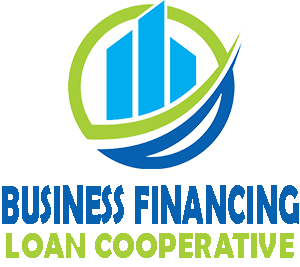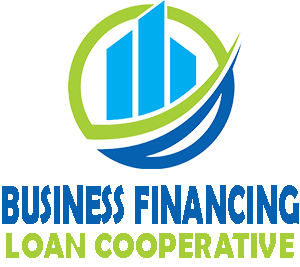Up to a point, recourse loans and non-recourse loans are very similar. A great many loans are taken out based on some kind of collateral, or some assets which have value and can be sold by the lender, in the event that the borrower defaults on payment. In many cases, the asset in question is the reason a loan is being taken out in the first place, for instance in the case of a home mortgage.
In a case like this, if the borrower were to default on payments, a lender would be within their rights to seize the house and sell it to recoup their losses. The difference in these two types of loans comes into play when the sale of that asset is not sufficient to cover the amount of the loan.
Recourse Loans
In a recourse loan, the lender would be within their rights to pursue a borrower’s other assets, or possibly even to garnish their wages, when the sold asset fails to cover the cost of the loan itself. Obviously, this provides a lender with a tremendous amount of power, because they are free to go after all other assets owned by a borrower, in order to make up the difference from the sold asset. This, of course, reduces the risk considerably if a borrower were to default.
Non-Recourse Loans
When there is still a balance due after the sale of an asset, a lender literally has no recourse and simply has to take the loss. None of the borrower’s other assets or income can be pursued by the lender. This is why virtually all borrowers will seek a non-recourse loan, while virtually all lenders will prefer a recourse loan. Most home mortgages are set up as non-recourse loans, with only the building itself serving as collateral.
Does your small business need financing?
For many small businesses, having sufficient financing for day-to-day operations can mean the difference between surviving and going under. If you need working capital to keep your business going, contact us at Business Financing Loan to discuss some alternatives.







